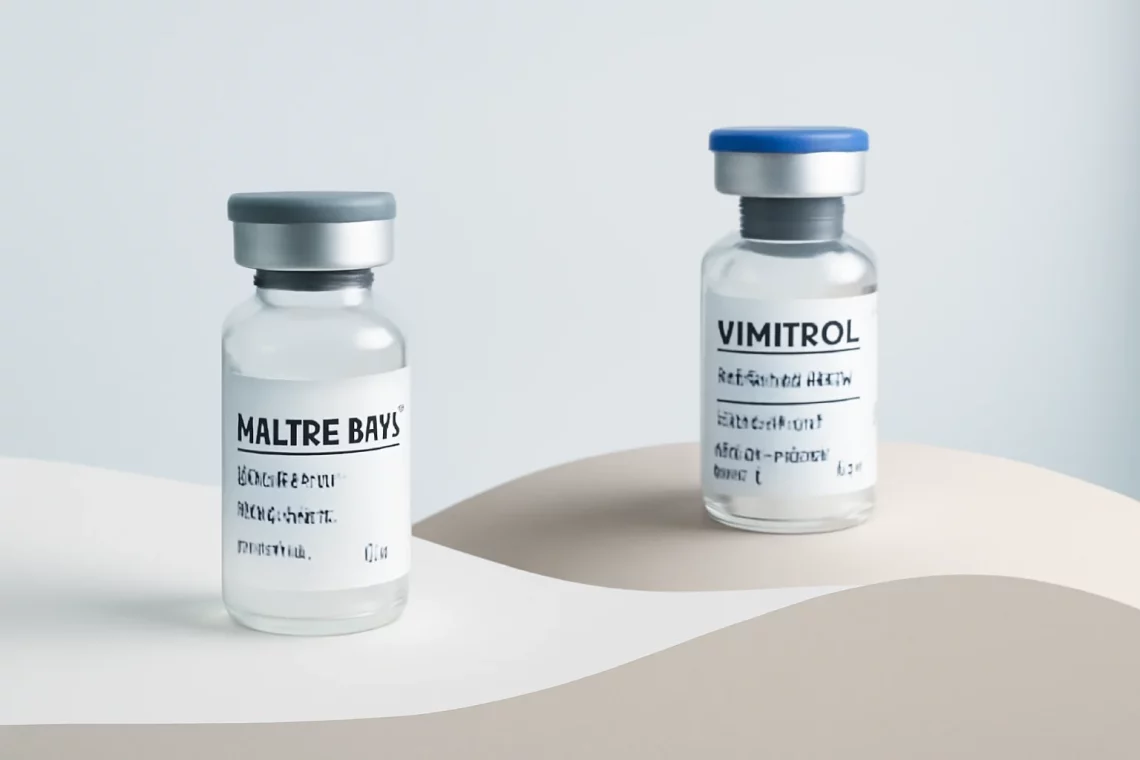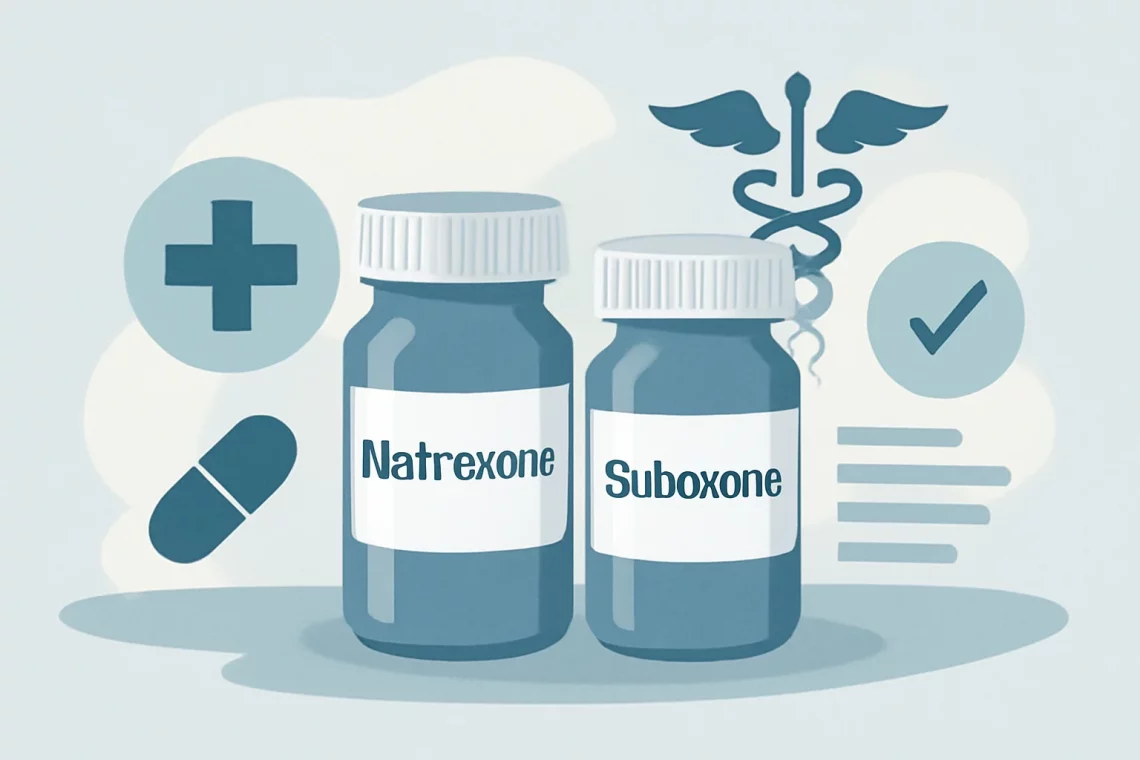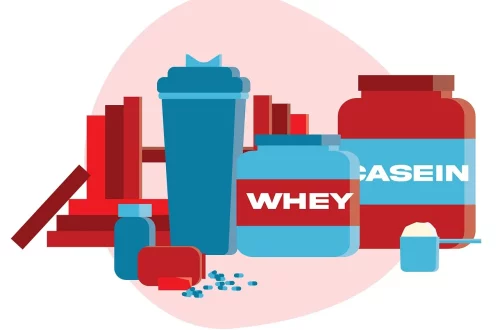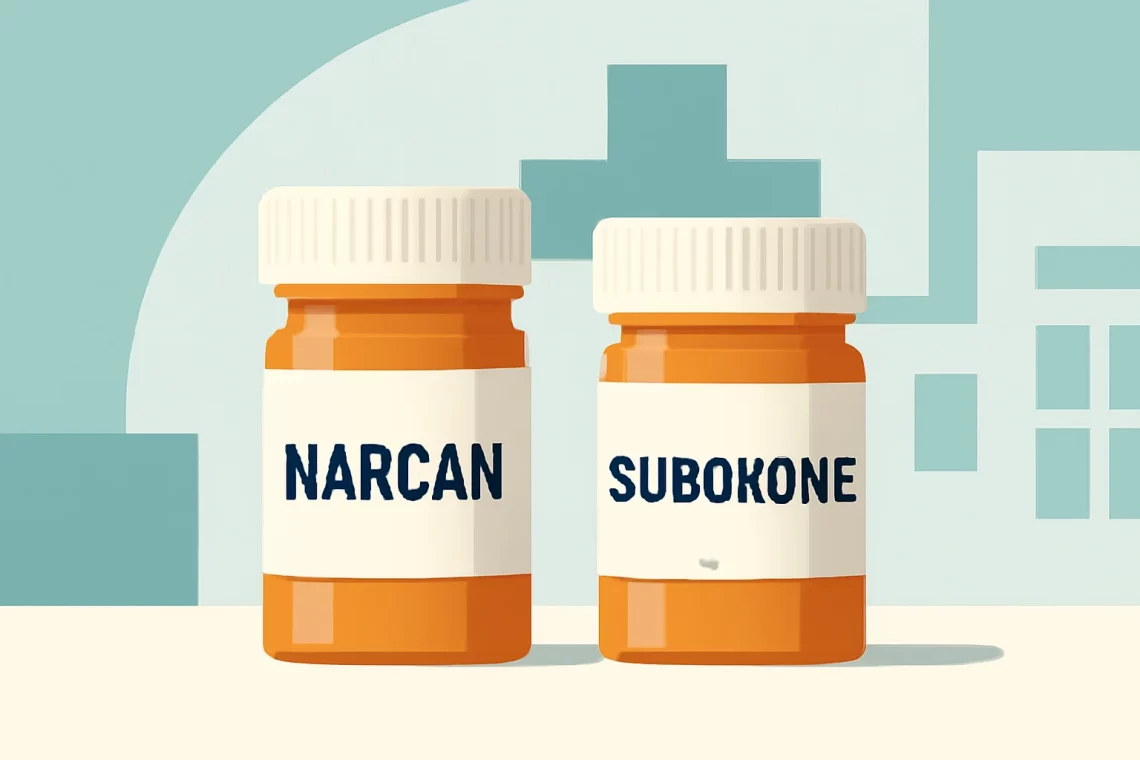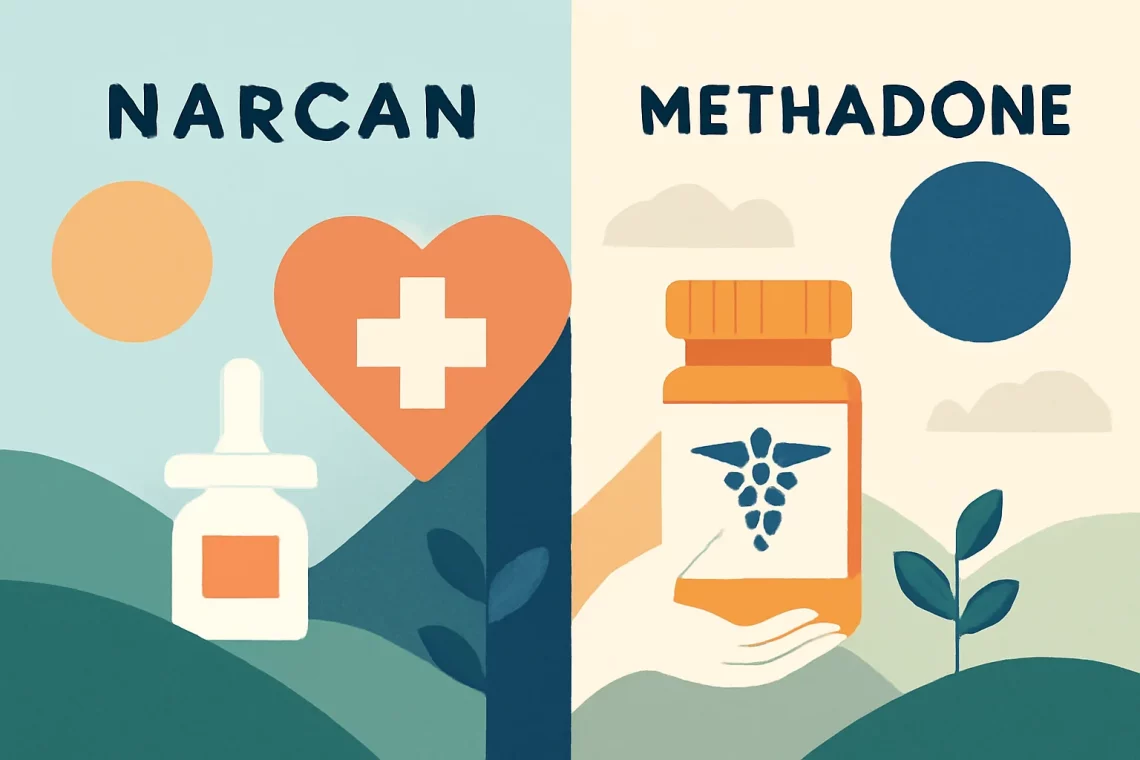-
Methadone vs Sublocade: Choosing the Right Treatment for Opioid Addiction
The opioid epidemic has prompted a greater focus on effective treatments for opioid use disorder (OUD). As healthcare providers and patients seek solutions, various medications have emerged to address the complexities of addiction. Among these, methadone and Sublocade have gained prominence. While both are used in the treatment of OUD, they offer different mechanisms of action, administration methods, and patient experiences. Understanding these differences is crucial for patients, caregivers, and healthcare professionals alike. The choice between methadone and Sublocade can significantly impact a patient’s recovery journey, influencing everything from adherence to overall quality of life. With the rising importance of personalized medicine, it is imperative to explore these treatment options…
-
Naltrexone vs Vivitrol: Understanding Their Differences and Uses
Naltrexone and Vivitrol are two significant medications that play a crucial role in the treatment of substance use disorders, particularly opioid and alcohol dependence. Understanding their distinctions and applications is vital for patients, healthcare providers, and loved ones affected by addiction. Both Naltrexone and Vivitrol work by blocking the effects of opioids, thereby reducing cravings and preventing relapse. However, their mechanisms, formulations, and administration methods vary significantly. Naltrexone is an oral medication that can be prescribed for patients to take daily, while Vivitrol is a long-acting injectable formulation that is administered once a month. This difference in delivery can influence compliance and effectiveness, making it essential for individuals to understand…
-
Naltrexone vs Suboxone: Understanding the Key Differences and Benefits
Naltrexone and Suboxone are two medications commonly used in the treatment of substance use disorders, particularly opioid dependence. As the opioid crisis continues to affect countless individuals and communities, understanding the distinctions between these medications becomes increasingly important. Both Naltrexone and Suboxone serve unique roles in the recovery process, yet they operate through different mechanisms and have varying applications. Naltrexone is an opioid antagonist, meaning it blocks the effects of opioids at their receptor sites, thereby reducing cravings and the potential for relapse. In contrast, Suboxone is a combination of buprenorphine, a partial opioid agonist, and naloxone, which helps prevent misuse. This combination not only alleviates withdrawal symptoms but also…
-
Naltrexone vs Buprenorphine: Understanding Their Differences and Uses
Naltrexone and buprenorphine are two medications that have gained attention in the field of addiction treatment and pain management. Both drugs operate on the brain’s opioid receptors but do so in markedly different ways. Understanding these differences is crucial for healthcare providers, patients, and families navigating the complex landscape of opioid use disorder and chronic pain management. Naltrexone is primarily known for its role in treating alcohol and opioid dependence, as it can block the euphoric effects of these substances, thereby reducing cravings. On the other hand, buprenorphine is a partial opioid agonist that can alleviate withdrawal symptoms and cravings without producing the intense high associated with full agonists. This…
-
Naltrexone vs Methadone: Which is More Effective for Addiction Treatment?
The battle against substance use disorders has led to the development of various treatment options designed to assist individuals in overcoming addiction. Among these options, Naltrexone and Methadone stand out as two prominent medications, each with unique properties, mechanisms of action, and therapeutic uses. Understanding these medications’ differences and similarities is crucial for patients, healthcare providers, and families affected by addiction. Naltrexone is an opioid receptor antagonist that works by blocking the euphoric effects of opioids. It is primarily used in the treatment of opioid use disorder and alcohol dependence. By inhibiting the pleasurable sensations associated with these substances, Naltrexone can help individuals reduce cravings and maintain sobriety without experiencing…
-
Narcan vs Suboxone: Understanding Their Roles in Opioid Treatment
The opioid crisis has become a pressing public health issue, affecting countless individuals and communities across the globe. As the prevalence of opioid use and addiction has increased, so too has the need for effective treatment options and harm reduction strategies. In the face of this epidemic, two medications have emerged as critical tools in combating opioid overdose and dependence: Narcan (naloxone) and Suboxone (buprenorphine/naloxone). While both medications serve essential roles in addressing opioid-related issues, they operate through different mechanisms and are used in distinct contexts. Narcan is primarily known for its ability to reverse opioid overdoses rapidly. It acts as an opioid antagonist, effectively displacing opioids from their receptors…
-
Sublocade vs Naltrexone Which is More Effective for Opioid Addiction?
Sublocade and Naltrexone are two medications that have garnered attention for their roles in the treatment of substance use disorders, particularly opioid dependence. As the opioid crisis continues to affect communities globally, the need for effective treatment options becomes increasingly urgent. Both Sublocade and Naltrexone serve as alternatives to traditional methods of addiction treatment, but they operate through different mechanisms and offer various benefits and challenges. Understanding these differences is crucial for patients and healthcare providers alike, as it can influence treatment decisions and outcomes. In the landscape of addiction treatment, it’s essential to explore how these medications function, their administration methods, potential side effects, and the overall impact they…
-
Probuphine vs Sublocade: A Comprehensive Comparison for Treatment Options
The opioid epidemic has become a pressing public health issue, prompting the development of innovative treatment options to combat addiction. Among these options are Probuphine and Sublocade, two medications designed to help individuals struggling with opioid use disorder. Both of these treatments utilize buprenorphine, an opioid partial agonist, but they differ significantly in their administration methods and overall treatment approaches. Understanding the nuances between these two medications can empower patients, their families, and healthcare providers to make informed decisions regarding treatment plans. With a focus on long-term recovery, these treatments offer unique benefits and challenges that warrant careful consideration. As the landscape of addiction treatment continues to evolve, exploring the…
-
Narcan vs Methadone: Understanding Their Roles in Opioid Treatment
The opioid crisis has emerged as a significant public health challenge, affecting millions of individuals and their families. With the increasing prevalence of opioid overdoses, effective and timely interventions have become crucial. Among the various options available for combating opioid addiction and overdose, Narcan and methadone stand out as two prominent choices. Both substances serve distinct purposes and operate through different mechanisms, which can lead to confusion among users, healthcare providers, and policymakers. Narcan, known generically as naloxone, is an opioid antagonist that can rapidly reverse the effects of an opioid overdose. This life-saving medication has garnered attention for its ability to be administered by bystanders, making it a critical…
-
Bunavail vs Zubsolv: A Comprehensive Comparison of Two Treatments
The opioid crisis has led to an increasing need for effective treatment options for individuals struggling with opioid dependence. In this context, medications like Bunavail and Zubsolv have emerged as popular choices for those seeking recovery. Both of these medications contain buprenorphine, a partial opioid agonist that helps to alleviate withdrawal symptoms and cravings associated with opioid addiction. However, despite their similarities, there are significant differences between Bunavail and Zubsolv that can influence a patient’s treatment journey. Understanding these differences is crucial for patients, healthcare providers, and families navigating the complexities of addiction treatment. The choice between Bunavail and Zubsolv can depend on various factors, including the patient’s medical history,…




